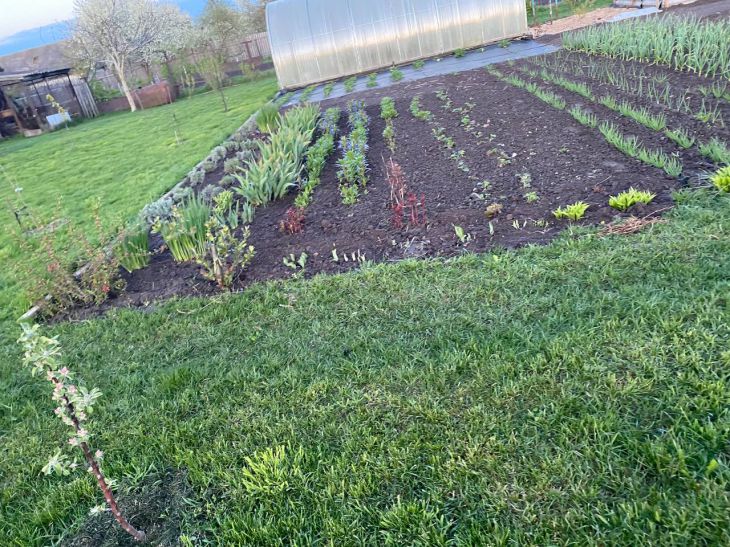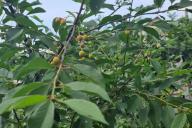Folk remedies have a number of advantages that make all store-bought options pale in comparison.
And it's not just about the availability of funds or savings. Plants receive natural nutrition, so the harvest can be called environmentally friendly with 100% certainty.
There are even more advantages to fertilizers that are prepared as simply and quickly as possible and at the same time begin to act almost immediately. There are three options that are available to any summer resident.

Wood ash
This option is ideal for potatoes, cabbage, beets, tomatoes, cucumbers, raspberries, strawberries.
Ash can be used to feed most plants. The exception is crops that like acidic soils (blueberries, cranberries).
The easiest way to use it is to take dry ash and sprinkle it between the rows of plants (1 glass per 1 sq. m).
To make the ash work faster, you should pour water over it and water the beds (a glass per 10 liters of water).
Yeast
This option will not bring the desired result only if the soil on the site is “poor”.
In other cases, it is worth preparing a solution. 100 g of dry baker's yeast should be poured into 10 liters of water and add 2 tbsp. sugar.
After two hours, add 50 liters of warm water, because yeast is useless in cold liquid.
All this needs to be mixed and watered at the root - 500 ml per plant.
Onion peel
Fertilizer is used after flowering and during fruiting.
An express option is a decoction of onion peel. You need to collect a liter jar of raw material. When there is no more space to tamp, the peel needs to be poured into a saucepan and poured with a liter of boiling water.
After half an hour, add another liter of water and boil for 10 minutes.
Dilute the cooled broth with water in a ratio of 1:5. Application rate: 500 ml per plant.
Earlier we talked about why beet leaves turn red.








